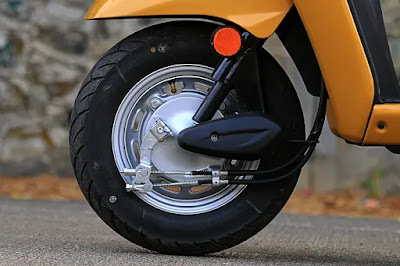Exhaust smoke is a way of your car communicating with you to say what is wrong. Usually, the smoke that gets emitted is black, white, grey and blue. The exhaust gases is an old school way to detect symptoms of problems i.e. large amounts of black smoke may mean the EGR is blocked and it's over fueling.
Knowing the difference between the smokes that comes from the exhaust is very useful. If you are not going to fix the car yourself, take note when the smoke appears and the color and report back to your mechanic. Avoiding the problem will only shorten the life of the engine and result in unnecessary repair bills.
TYPES OF EXHAUST SMOKES
1. White smoke
2. Black smoke
3. Blue smoke
Let us discuss the reason for each type of smoke in detail:
1. WHITE SMOKE
Thick white smoke can be caused by the engine burning coolant. This can be caused by the coolant leaking into the engine due to a leak in the head gasket, a damaged cylinder head or a cracked engine block. If you happen to see this kind of smoke take your car to the garage as soon as possible as the leaking coolant can lead to overheating which could cause damage to your engine. Not to mention chances of coolant mixing with the oil.
White smoke has a varying amount of causes and symptoms, which are more common in gasoline cars. The most common cause of white smoke is when the car has just been started. The white smoke is just steam from condensation that clears as the car warms up.
White Smoke from Petrol/Gasoline Car
White smoke as mentioned is usual from startup however if it continues when warm, you have a problem. Check the following for white smoke causes in petrol cars:
a. Head Gasket Failure.
b. Turbo Issues
c. Overheating Engine.
d. Cracked Engine Block.
White Smoke from Diesel Car
Sadly, white smoke from a diesel car operating at its optimum temperature is bad news in most cases. Check for the following for white smoke in diesel cars:
a. Worn or Leaking Injectors.
b. Poor Quality Diesel.
c. Low Cylinder Compression.
Usually caused by other components such as piston rings becoming worn out
2. BLACK SMOKE
Black smoke that gets emitted from a car is more common in diesel cars. Apart from when the car is cold, white smoke should never appear from a diesel car exhaust. The majority of older diesel cars will blow black smoke under heavy acceleration but new diesel car will not emit any black smoke.This results in very poor miles per gallon and extra stress on engine components.
Petrol engines very rarely emit black smoke from the exhaust compared with diesel cars. In almost all circumstances, black smoke from a petrol car is due to the air to fuel ratio.
Black smoke from a diesel car is the result of poor combustion of the fuel. The issue is either due to insufficient air flow or poor quality diesel that builds up into a carbon deposit. Causes of black smokes from diesel car exhausts are the following:
a. Clogged Air Filters
b. Damaged Fuel Injectors
c. Faulty MAF (Mass Airflow Sensor)Sensors
d. Bad EGR Valve
e. Damaged Piston Rings
f. Engine Deposits
g. Poor Quality Diesel Fuel.
h. Faulty Turbocharger and Bad Air to Fuel Ratio.
3. BLUE SMOKE
Blue smoke is an indication that the car is burning engine oil. This happens when the piston rings are worn out and oil is leaking to the combustion chamber where it is burned together with the fuel. For a turbocharged car, the smoke is a sign that the blower is in need of replacement. Burning oil can cause rough starts due to the fact that it can ruin a car’s spark plugs.




























